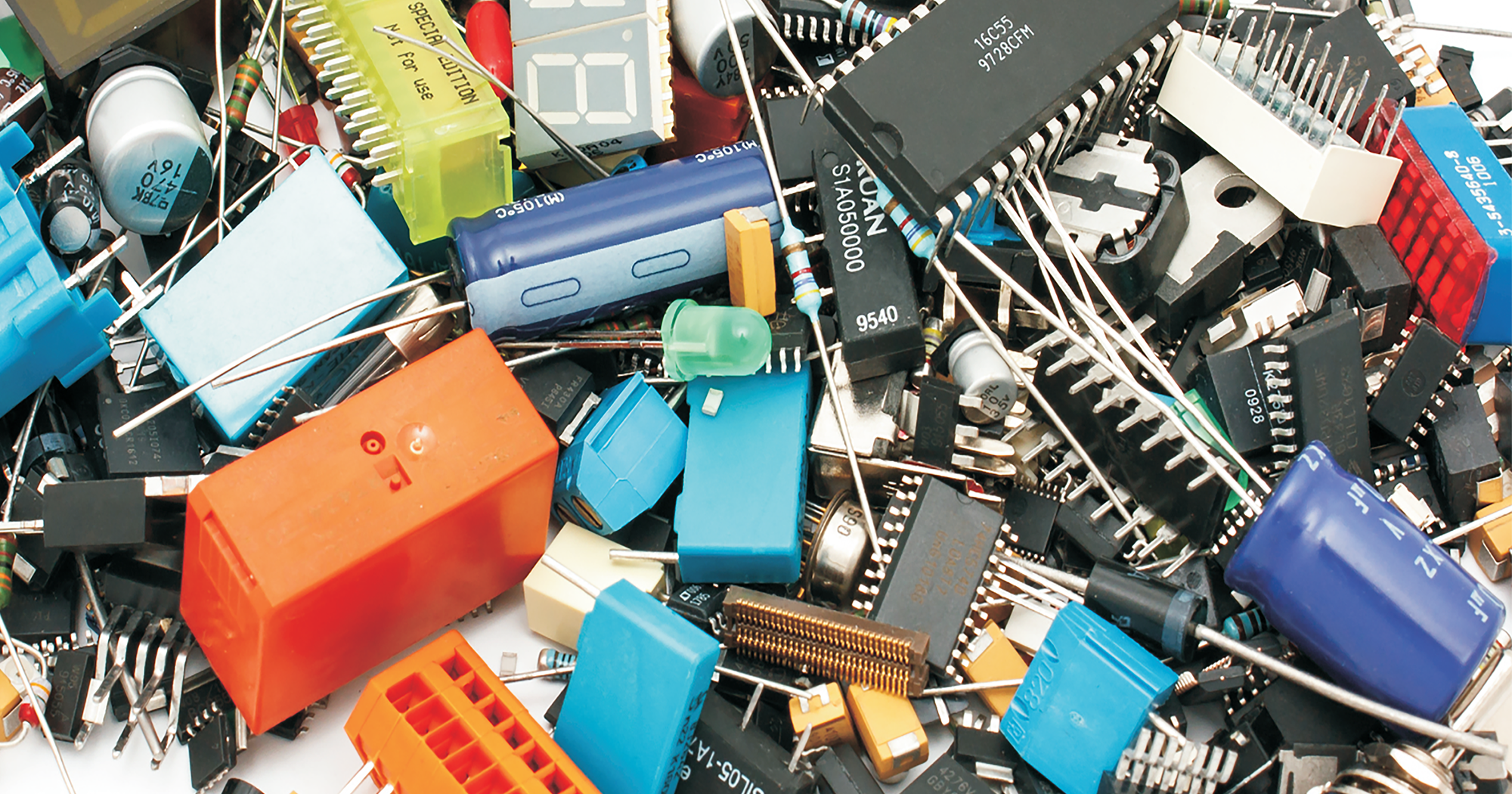Enhancing Electronic Design with High-Quality Speakers and Horns
Speakers and horns are fundamental components in a variety of electronic and audio applications, playing a crucial role in sound transmission and amplification. From compact consumer devices to industrial applications, these components provide reliable sound quality and clarity, tailored to meet diverse requirements. This article delves into the essential aspects of speakers and horns, covering types, key specifications, and applications, offering insight into choosing the right components to optimize system performance.

Types and Specifications: Matching Parts to Applications
Types of Speakers and Horns
Speakers and horns are available in several types, each catering to different needs:
Dynamic Speakers: These are versatile and commonly used in devices like smartphones, televisions, and car audio systems. They offer high sound quality and operate on electromagnetic induction principles.
Piezoelectric Speakers: Suitable for low-power applications, piezoelectric speakers are often found in medical devices, security alarms, and small gadgets where compact size and low power consumption are essential.
Compression Horns: These are specialized for high-intensity sound applications such as public address systems and emergency alerts. They amplify sound through a horn structure, making them ideal for environments requiring high sound coverage.
Magnetic Horns: Magnetic horns are typically used in industrial settings. They rely on magnetic fields to produce sound, making them reliable in environments with high noise levels.
Key Specifications to Consider
Each type of speaker and horn has specific characteristics that affect its performance:
Frequency Range: A wide frequency range ensures better sound clarity. Dynamic speakers typically have a frequency range between 20Hz and 20kHz, while piezoelectric speakers may have a narrower range but offer precision at targeted frequencies.
Impedance: Impedance affects compatibility with the rest of the circuit. Higher impedance speakers (8-16 ohms) are often used in high-fidelity audio systems, whereas lower impedance options (4 ohms) are common in mobile devices for efficient power usage.
Sensitivity: Sensitivity indicates the sound output relative to the power input, measured in decibels (dB). Higher sensitivity speakers are preferred in low-power applications, as they produce more sound at lower power levels.
Power Handling: This rating is crucial for applications that demand high audio output. Compression horns, for example, often have high power-handling capacities, suited for environments where loudness is a priority.
Applications of Speakers and Horns in Different Industries
Consumer Electronics
In the consumer electronics industry, speakers and horns are central to user experience. Products such as headphones, mobile devices, and home audio systems rely on speakers for high-quality sound reproduction. Here, dynamic speakers are favored for their versatility and audio quality. Brands like AudioPhonic offer compact speakers with high sensitivity, enabling prolonged battery life without compromising sound quality.
Industrial and Safety Applications
Industrial settings often require sound components that can deliver alerts or warnings effectively in noisy environments. Magnetic horns and compression horns are frequently used in factories, warehouses, and construction sites. These components are designed for durability and high-decibel output, ensuring that alerts are heard even in high-noise areas. The AlertMax 9000 series, for example, provides a robust solution for environments that demand consistent and high-volume alerts.
Medical Devices and Precision Equipment
Medical and precision equipment often incorporate piezoelectric speakers due to their small size and efficiency. These speakers are used in heart rate monitors, ultrasound devices, and other medical equipment where sound clarity and precision are vital. MedSound Piezo is a product line that offers reliable sound output with minimal power consumption, ideal for portable medical devices.
Packaging and Cases: Protecting Components in Harsh Conditions
The packaging and casing of speakers and horns are designed to enhance durability and performance. Industrial-grade speakers and horns come with rugged casings to withstand dust, moisture, and impact, making them suitable for both outdoor and harsh industrial environments. Consumer-oriented products often have lighter, sleeker casings that fit seamlessly into portable devices.
Key Packaging Types
Plastic Enclosures: Used primarily in consumer electronics, plastic enclosures are lightweight and can be easily molded into compact shapes, allowing integration into various device designs.
Metal Casings: In industrial applications, metal casings provide the necessary durability and resilience against environmental elements like dust and moisture. For instance, DuraCase from DuraSound provides metal-encased speakers tailored for rugged use.
Waterproof Enclosures: Some applications, especially those in medical and outdoor equipment, require waterproofing. Waterproof casings protect the internal components from moisture, enhancing the longevity of the speakers and horns.
Conclusion
Selecting the right speaker or horn for a specific application requires understanding the unique specifications and features of each component type. By assessing factors such as frequency range, impedance, and power handling, engineers and procurement professionals can make informed decisions, optimizing the performance and reliability of their systems. High-quality casing further enhances durability, ensuring that the components meet the demands of their operating environment. As technology advances, the integration of innovative materials and designs promises even more efficient and powerful audio solutions, positioning speakers and horns as essential components across a wide range of industries.
For more information or to request a quote, please feel free to send us an RFQ.




